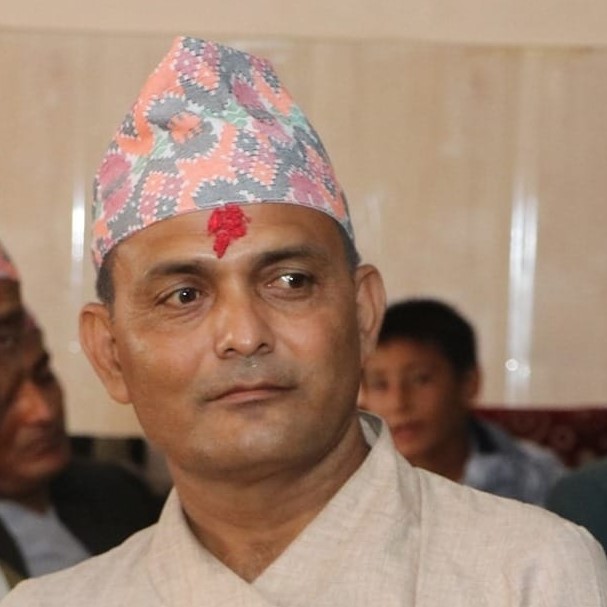Money
Clay pots made by Kumal community face extinction
Cheaper plastic options and a lack of quality materials are affecting families making earthen pots.
Binod Bhandari
A lack of high-quality clay and presence of middlemen have made it difficult for the Kumal community in Sunsari district to continue making earthen pots–their traditional occupation.
There are 250Kumal households located at a settlement south of Barju Lake.
For generations, the community have used the clay from the lake, but the Barju Lake Conservation Committee has prohibited them from extracting the raw material for the past five years.
The authorities plan to develop the lake and its surrounding areas as a bird conservation area. It is already a popular picnic spot.
The committee charges Rs10 per person as an entry fee.
Narayan Kumal, who has been in the business for the past five decades, said clay from the lake is the best they could get for making pots.
“We have been paying Rs500 per truckload for clay from other places after the prohibition was put in place,” said Narayan. “The increased cost has reduced our income.”
The middlemen exploit our labour by giving us a meagre price and making a huge profit for themselves, locals say.
Until five years ago, every household in the community used to make earthen pots, said Ram Sewak Kumal, a local. “But, only 30 families are involved in the occupation now,” he said.
Along with the production, there has been a reduction in clay pot sales.
“People have shifted to cheaper plastic products that are easily available in the market,” said Jagdish Pandit Kumal, another local. “There is no demand for our products as they are only used during the festivals.”
While the middlemen pocket much of the earning, reliance on traditional technology in the absence of modern equipment has also affected the production of earthen pots, locals say.
While the elderly population have shifted to farming, most of the youth from the Kumal community have left the country for foreign jobs, following the nationwide trend.
The traditional occupation is still the main source of income for Kiran Kumal who has been in the business for the past four decades. “It has helped me sustain my family of five,” said Kiran, wishing he could directly sell his products in the market.
“The middlemen buy the clay pot that is used as a piggy bank from us at Rs60 per piece and sell it in the market at Rs150,” he added.
Jibachh Kumar Raya, chairman of Barju Rural Municipality, said discussions are being held to provide the Kumal community with clay from the Barju Lake.
“We are studying ways to allow the community to access the raw material required to continue their traditional occupation without affecting the measures taken to conserve the lake,” said Raya.




 18.12°C Kathmandu
18.12°C Kathmandu















